enforex_pages_landing_block_da939a89-dfbf-4c48-9973-80972aac2dcc
Santiago de Compostela
From don Quijote, we offer our sincere condolences to the families and friends of the victims that lost their lives in last Wednesday’s train derailment that occurred just outside of Santiago de Compostela in northwestern Spain. We also offer our sympathies to those who were injured in the tragedy.
The accident comes as a shock in a country with a railway system that was described this week by NBC news as “one of the most modern and successful in Europe, following decades of investment”. Over 570 million passengers travel by rail here per year, making Spain 10th in the world in terms of countries with the most rail travelers. The Washington Post wrote yesterday that Europe’s trains are among those with the “highest safety rates in the world”. The paper went on to quote the head of the European Railway Agency’s safety unit Chris Car who said that Spain has a “better-than-average safety record”.
Many on board the train heading to Santiago Wednesday night were going to celebrate the city’s annual St. James festival. St. James’ shrine in this city is the final destination of the popular spiritual pilgrimage el Camino de Santiago, which has attracted Christian pilgrims since the middle ages. Today tens of thousands of people come each year to follow the historic pilgrimage route. This year’s St. James festivities were cancelled after the tragedy, Spain’s worst train accident in four decades. Three days of national mourning were also declared. Many world leaders have publicly expressed their condolences including Spanish President Mariano Rajoy, U.S. president Barak Obama, and Pope Francis.
Although these types of tragedies do happen, Rail News editor Sim Harris has reminded observers that “accidents like this are incredibly rare”. The train driver is currently being investigated for exceeding the speed limit, implying that the accident was likely caused by human error and could have been avoided. National safety authorities, as required by the European Union, closely monitor all aspects of the safety of the railways in Spain.
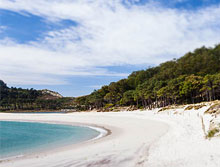 1. Atlantic Islands of Galicia National Park
1. Atlantic Islands of Galicia National Park 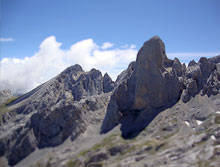 2. Picos de Europa
2. Picos de Europa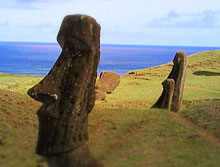 3. Rapa Nui National Park
3. Rapa Nui National Park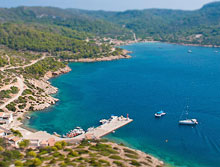

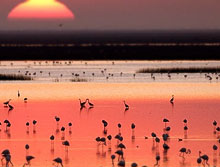
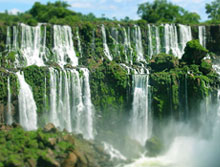 7 Iguazú Falls
7 Iguazú Falls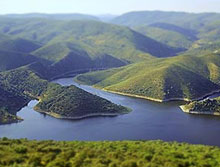
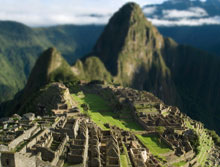
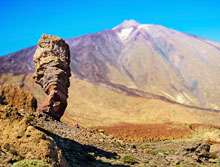
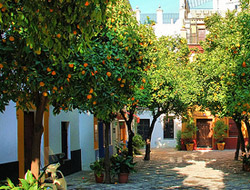 1. Barrio de Santa Cruz, Seville
1. Barrio de Santa Cruz, Seville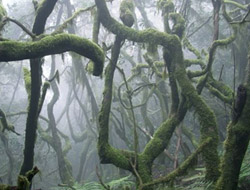 2. Parque de Garajonay, La Gomera, The Canary Islands
2. Parque de Garajonay, La Gomera, The Canary Islands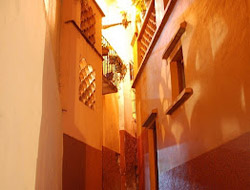 3. Callejón del beso (Alley of the kiss), Guanajuato (Mexico)
3. Callejón del beso (Alley of the kiss), Guanajuato (Mexico)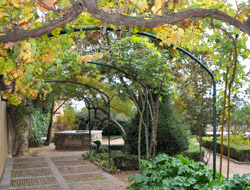 4. Huerto de Calixto y Melibea, Salamanca
4. Huerto de Calixto y Melibea, Salamanca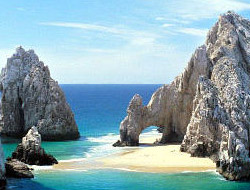 5. El arco del fin del mundo (The arch at the end of the world), México
5. El arco del fin del mundo (The arch at the end of the world), México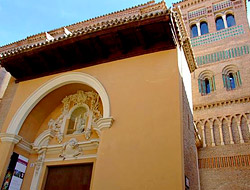 6. Teruel, a place for eternal love
6. Teruel, a place for eternal love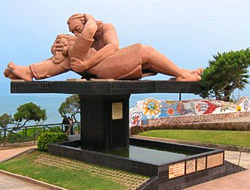 7. Parque de los enamorados (Lovers park), Lima
7. Parque de los enamorados (Lovers park), Lima 8. Peña de los enamorados (Lovers rock), Antequera, Málaga
8. Peña de los enamorados (Lovers rock), Antequera, Málaga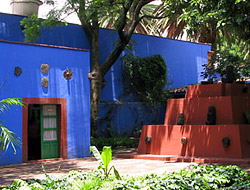 9. The city of Frida Kahlo and Diego Rivera
9. The city of Frida Kahlo and Diego Rivera  10. Torre de la cautiva (Tower of the captive), La Alhambra, Granada
10. Torre de la cautiva (Tower of the captive), La Alhambra, Granada